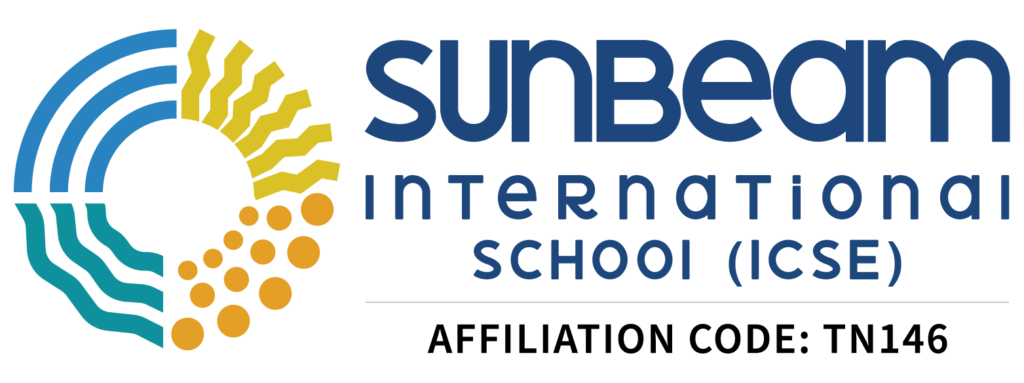

In today’s rapidly evolving world, education must adapt to prepare students for unforeseen challenges and opportunities.STEAM education, which integrates Science, Technology, Engineering, Arts, and Mathematics, offers a holistic approach to learning, fostering creativity, critical thinking, and problem-solving skills essential for the 21st century.
1. Fostering Creativity and Innovation
By incorporating the arts into traditional STEM subjects, STEAM education encourages students to think outside the box, leading to innovative solutions and a deeper understanding of complex concepts.

2. Enhancing Engagement and Motivation
STEAM’s interdisciplinary nature makes learning more engaging by connecting academic content to real-world applications, thereby increasing student motivation and interest in these subjects.

3. Developing Essential Skills
Through hands-on projects and collaborative learning, STEAM education helps students develop critical skills such as problem-solving, teamwork, and adaptability, which are vital in today’s job market.

4. Preparing for Future Careers
As industries increasingly seek individuals who can blend technical expertise with creative thinking, STEAM education equips students with a diverse skill set, making them more competitive in the workforce.
By embracing STEAM education, we empower our students to become innovative thinkers and problem-solvers, ready to tackle the challenges of tomorrow.
– SBIS Editorial team
Quick Links
Newsletter
© 2024 - Sunbeam International School. All Rights Reserved.


